The Prime Minister has just approved the Master Plan for Bà Rịa – Vũng Tàu Province for the period 2021-2030 with a vision to 2050.
The planning scope includes the entire natural area of Bà Rịa – Vũng Tàu Province, with a total area of 1,982.56km2, including administrative units: Bà Rịa city, Vũng Tàu city, Phú Mỹ town, and districts: Châu Đức, Đất Đỏ, Long Điền, Xuyên Mộc, Côn Đảo.
By 2050, Bà Rịa – Vũng Tàu aims to become the leading marine economic center in the country; the maritime service center of the Southeast region; a high-quality international-level tourist center.
The newly approved provincial plan does not yet have detailed design. Below is an AI-generated vision for the future urban development of Bà Rịa – Vũng Tàu.

According to the plan, by 2030, Bà Rịa – Vũng Tàu will meet the criteria to become a centrally-run city, with a multi-center urban structure and a multi-mode infrastructure system. It will maintain a strong position among the top 10 localities with the highest GRDP and total state budget revenue in the country.
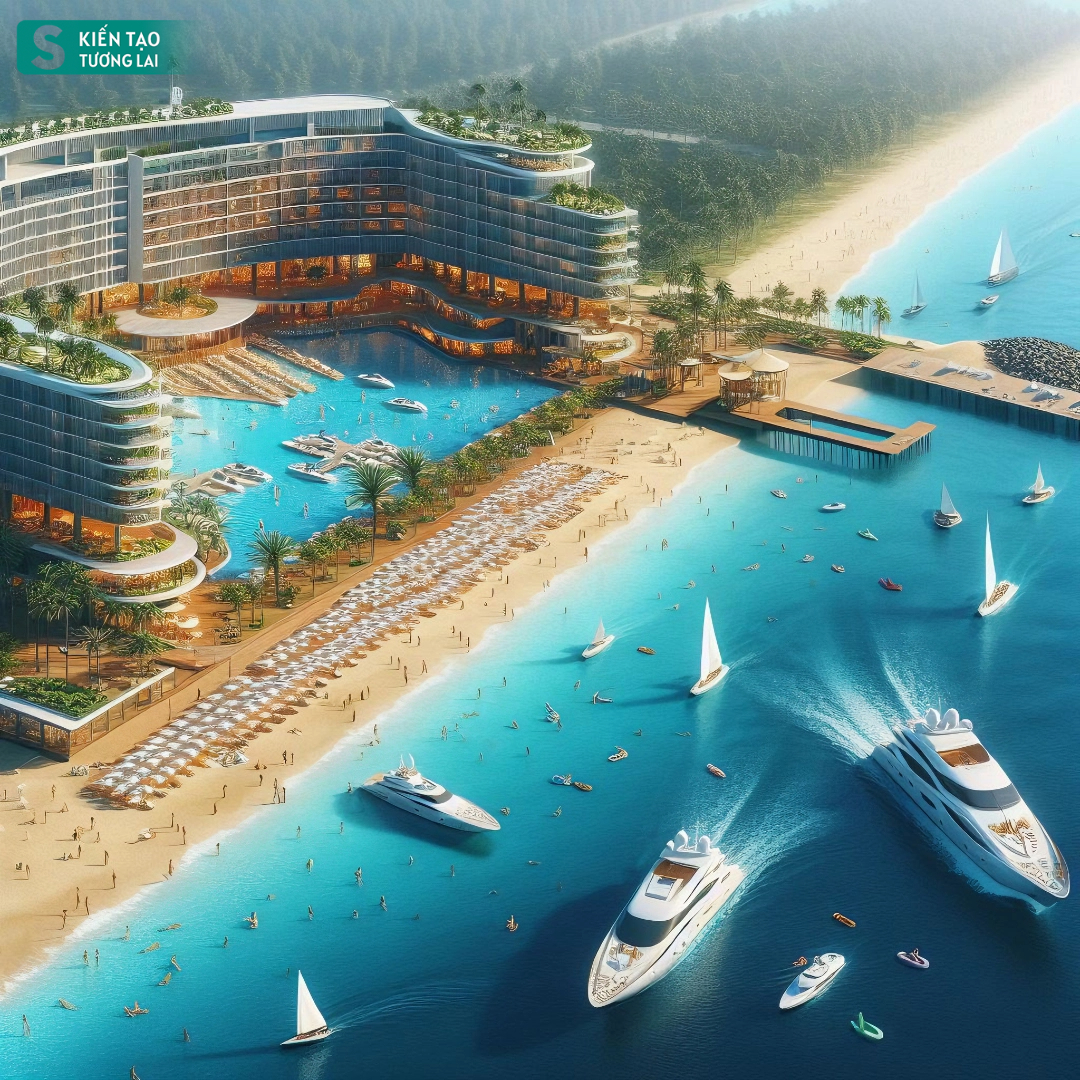
In the plan, Bà Rịa – Vũng Tàu identifies tourism as one of the 5 important economic pillars. By 2030, the province is expected to receive nearly 65 million visitors, including about 17 million overnight stays; total tourism revenue is expected to reach nearly VND 10.2 trillion with internationally-standardized services. By 2025, Bà Rịa – Vũng Tàu is expected to have 7 coastal urban areas.

Exploiting the advantages of seas, islands, mountains and forests, biodiversity and cultural and historical resources, Bà Rịa – Vũng Tàu will develop into a high-quality tourist center at the national and international level. Particularly, develop Côn Đảo National Tourism Area as a high-quality tourism model, focusing on preserving and promoting biodiversity, preserving and promoting the values of special national historical relics.
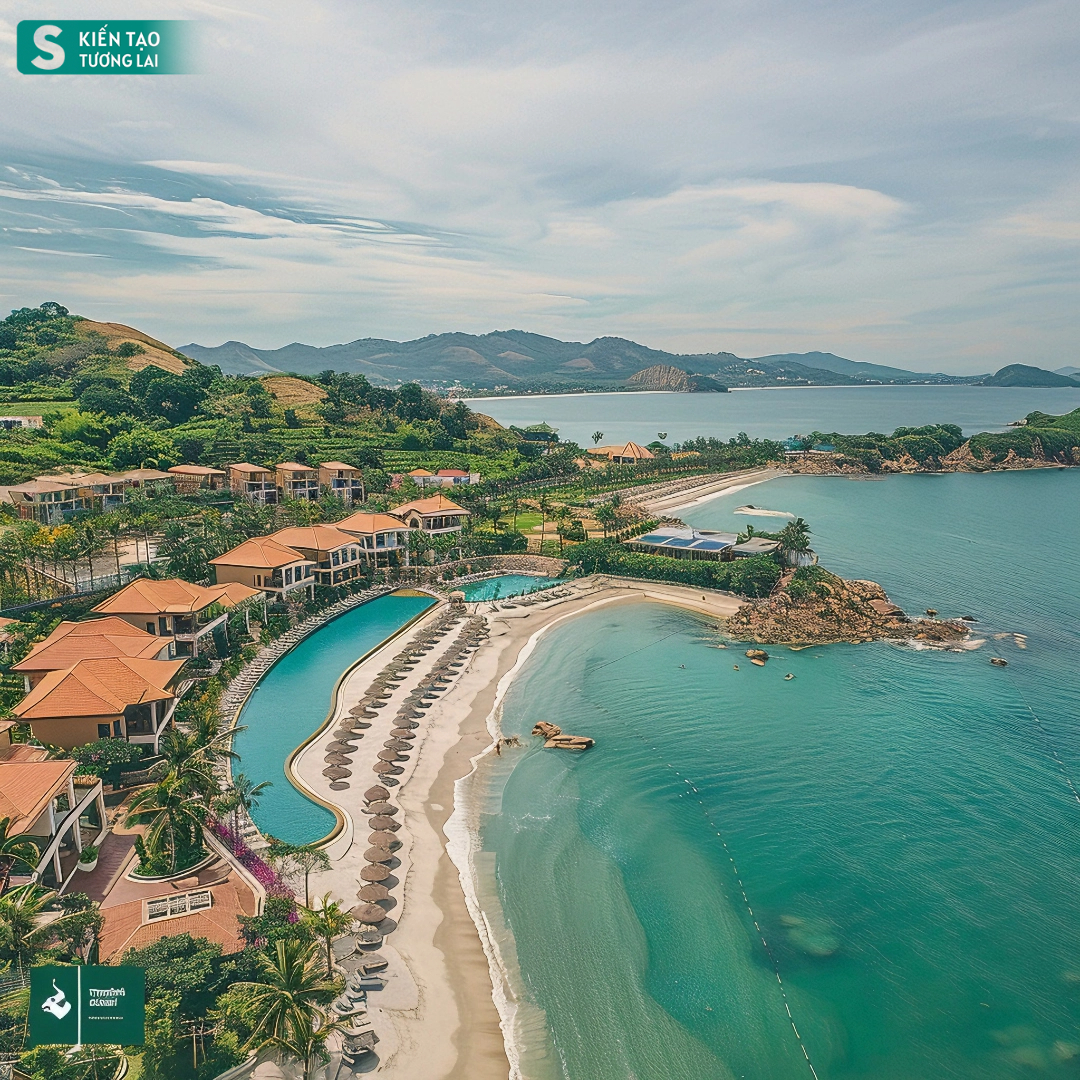
Develop coastal tourism urban chains: Vũng Tàu, Long Hải, Phước Hải, Hồ Tràm, Bình Châu towards green urban areas; urban infrastructure quality and superior living environment compared to other urban areas in the Southeast region.
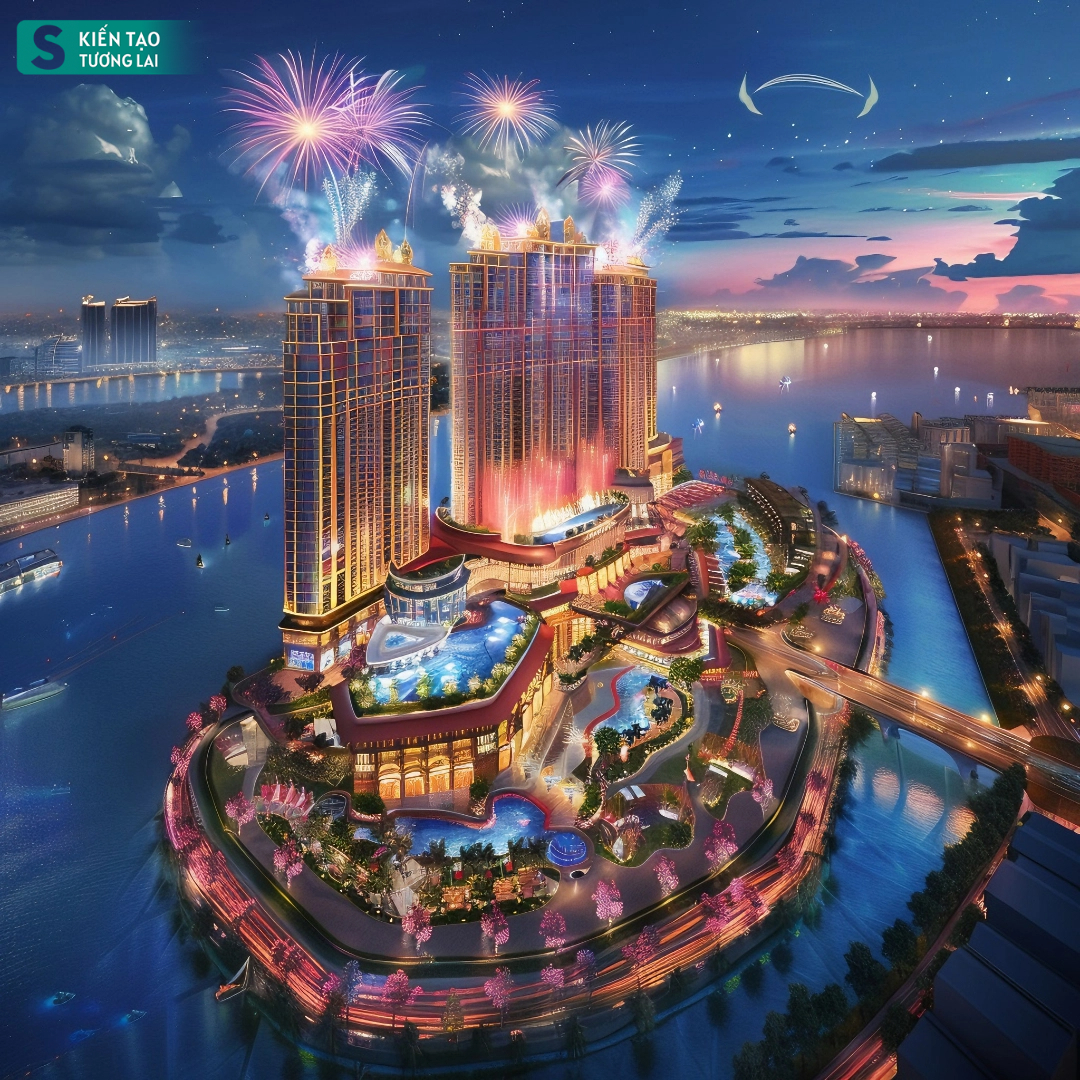
By 2030, all localities in the province will have at least one model for night leisure tourism development; form separate night entertainment complexes in Xuyên Mộc and Vũng Tàu; develop synchronized night tourism products such as night markets, casinos, street art, dining services introducing the traditional cuisine of Bà Rịa – Vũng Tàu province, of Vietnam and world-famous cuisine.
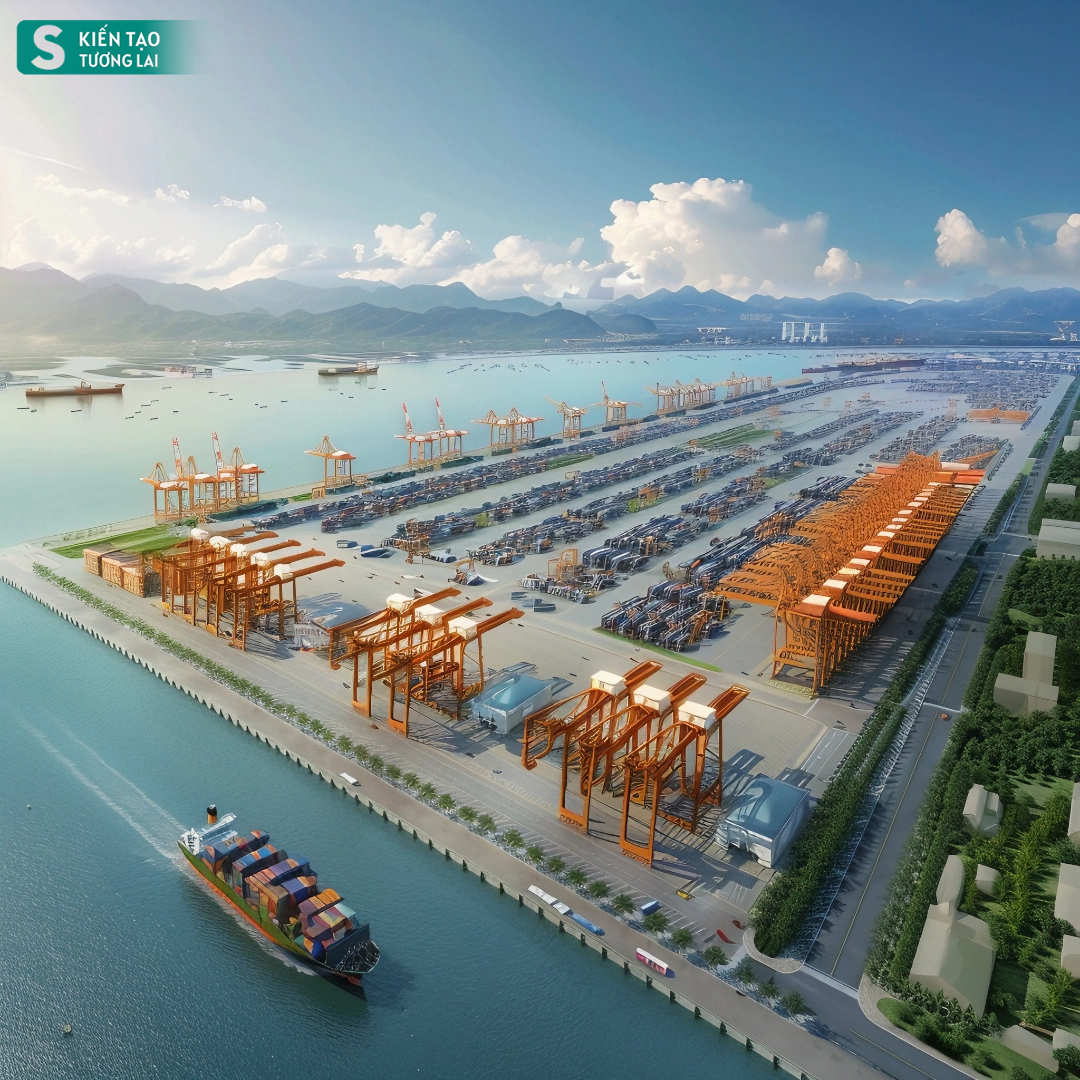
In terms of marine economy development, Bà Rịa – Vũng Tàu Province has Cái Mép – Thị Vải International Port, a large deep-water port cluster in Phú Mỹ town with a total length of over 14km. This port is ranked as the 12th largest port in the world, higher than some major ports in developed countries such as Singapore Port (18th position), Yokohama Port – Japan (15th position), Busan Port – South Korea (22nd position).

Gemalink port in the Cái Mép – Thị Vải port cluster is capable of accommodating the world’s largest container ships, including the super ship OOCL Spain. The port meets strict requirements of international shipping companies and further strengthens the important role of the Cái Mép deep-water port cluster on transcontinental shipping routes.
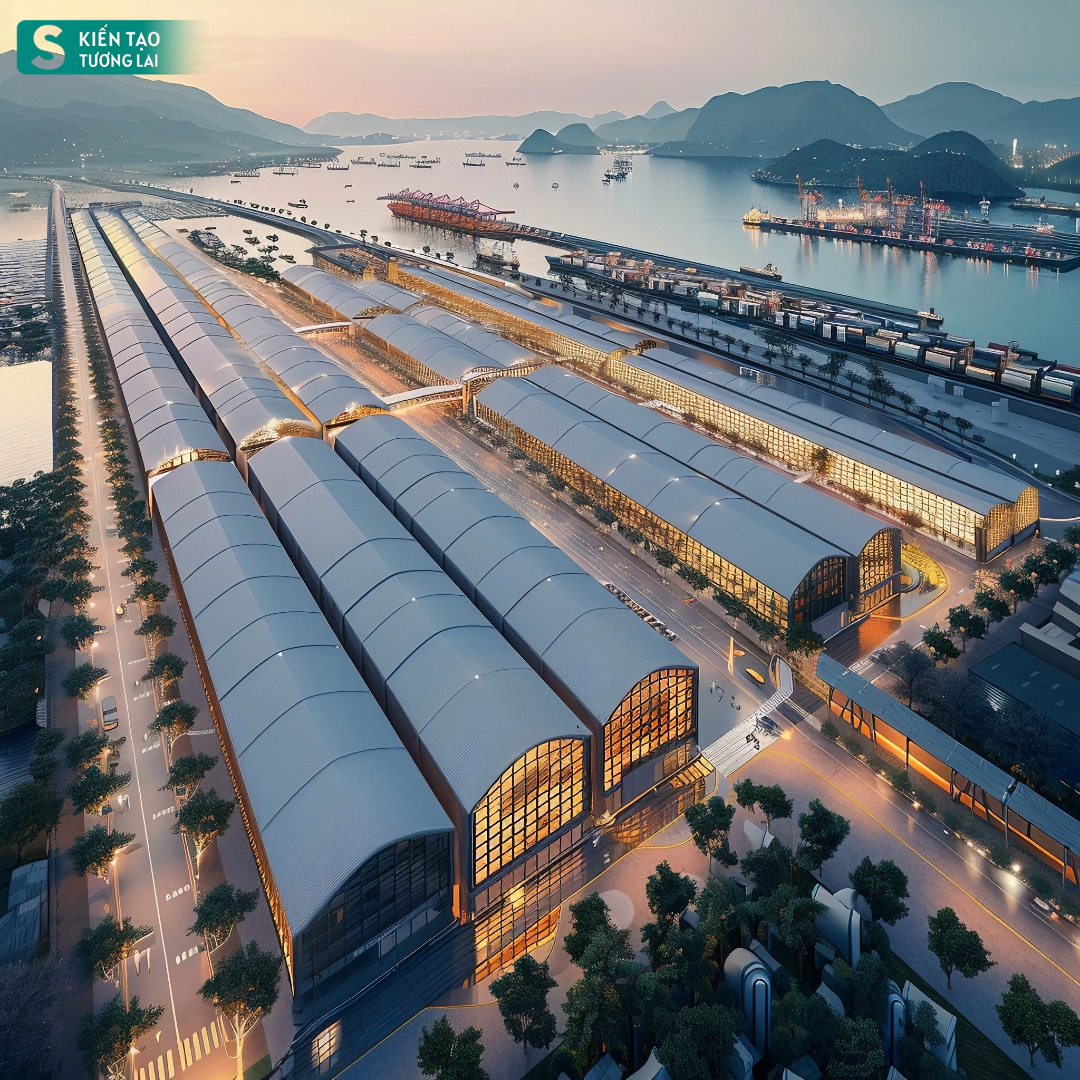
Develop logistics infrastructure associated with synchronized commercial infrastructure and advanced information technology infrastructure capable of applying artificial intelligence (AI) and high-tech connectivity. Build Cái Mép Logistics Center to reach national and international standards, assuming the role of distributing goods for the region; closely link the special national seaport system with Long Thành International Airport.
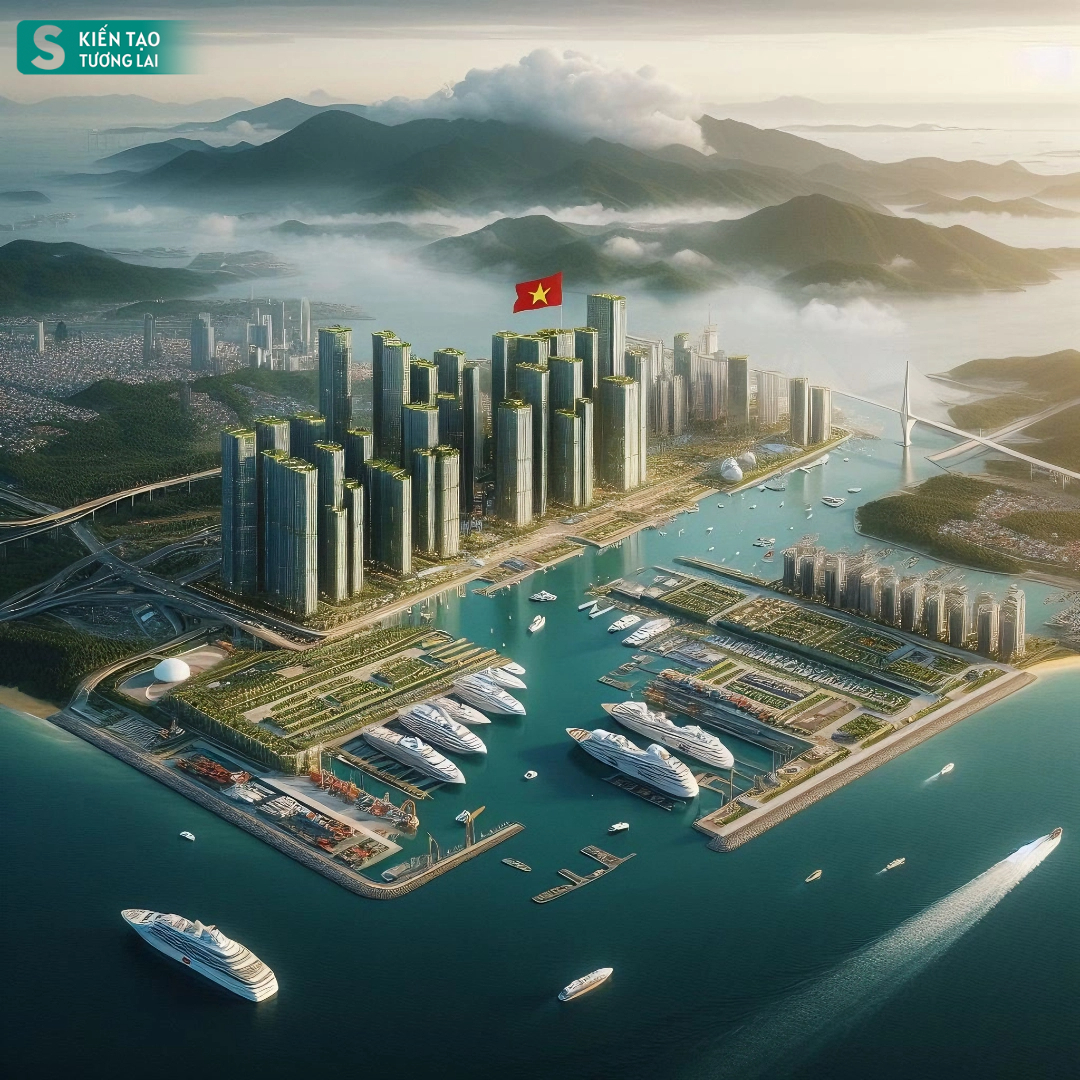
Establish a Free Trade Zone associated with the seaport in the Cái Mép Hạ area, including a complete industrial-service ecosystem.
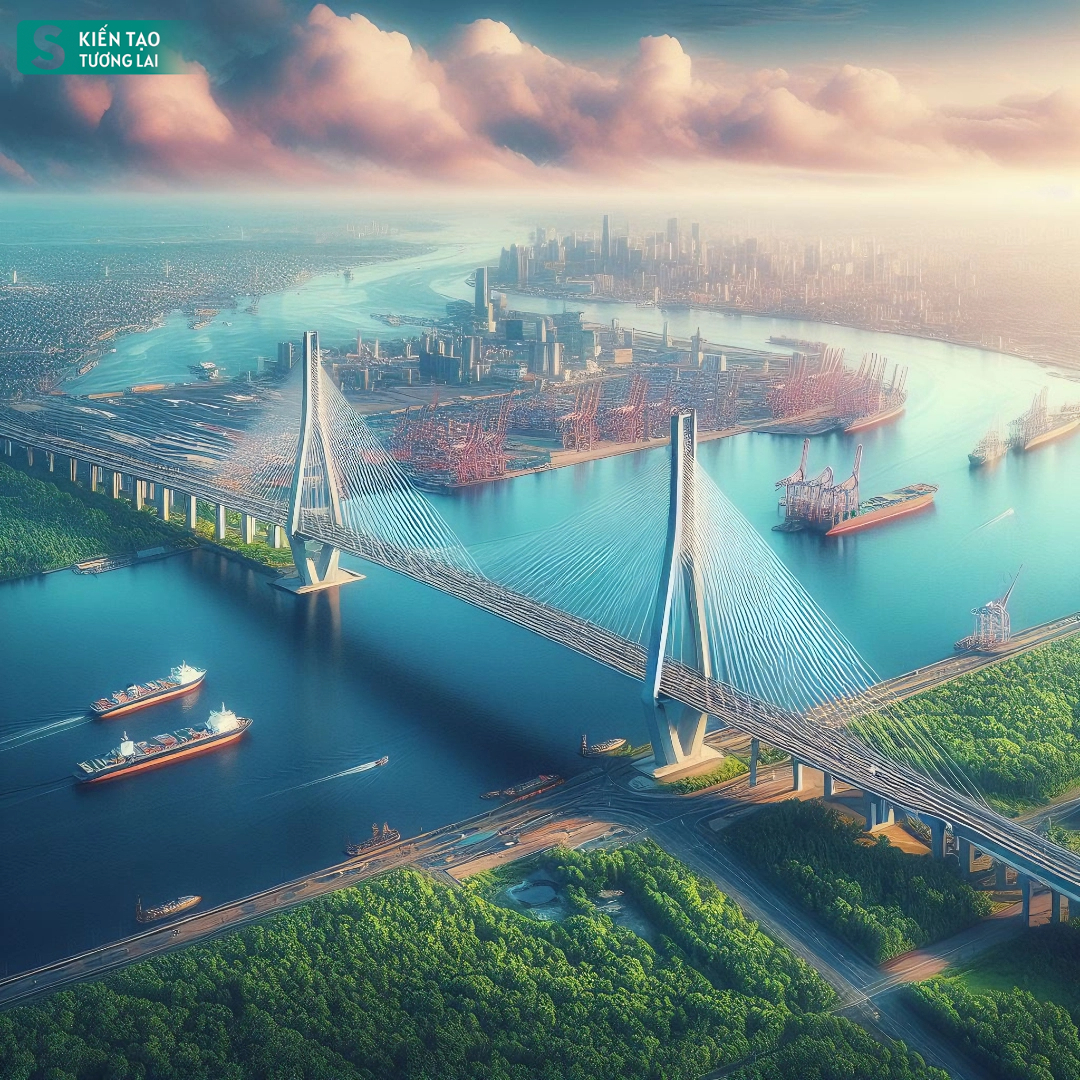
In terms of transportation, the Phước An Bridge Project is a special-grade transportation work across the Thị Vải River. This is a “dynamic” bridge for the development of Bà Rịa – Vũng Tàu Province. The Phước An Bridge project is nearly 4.4km long, with a total investment of about VND 4,900 billion. It is expected to be completed in December 2027.
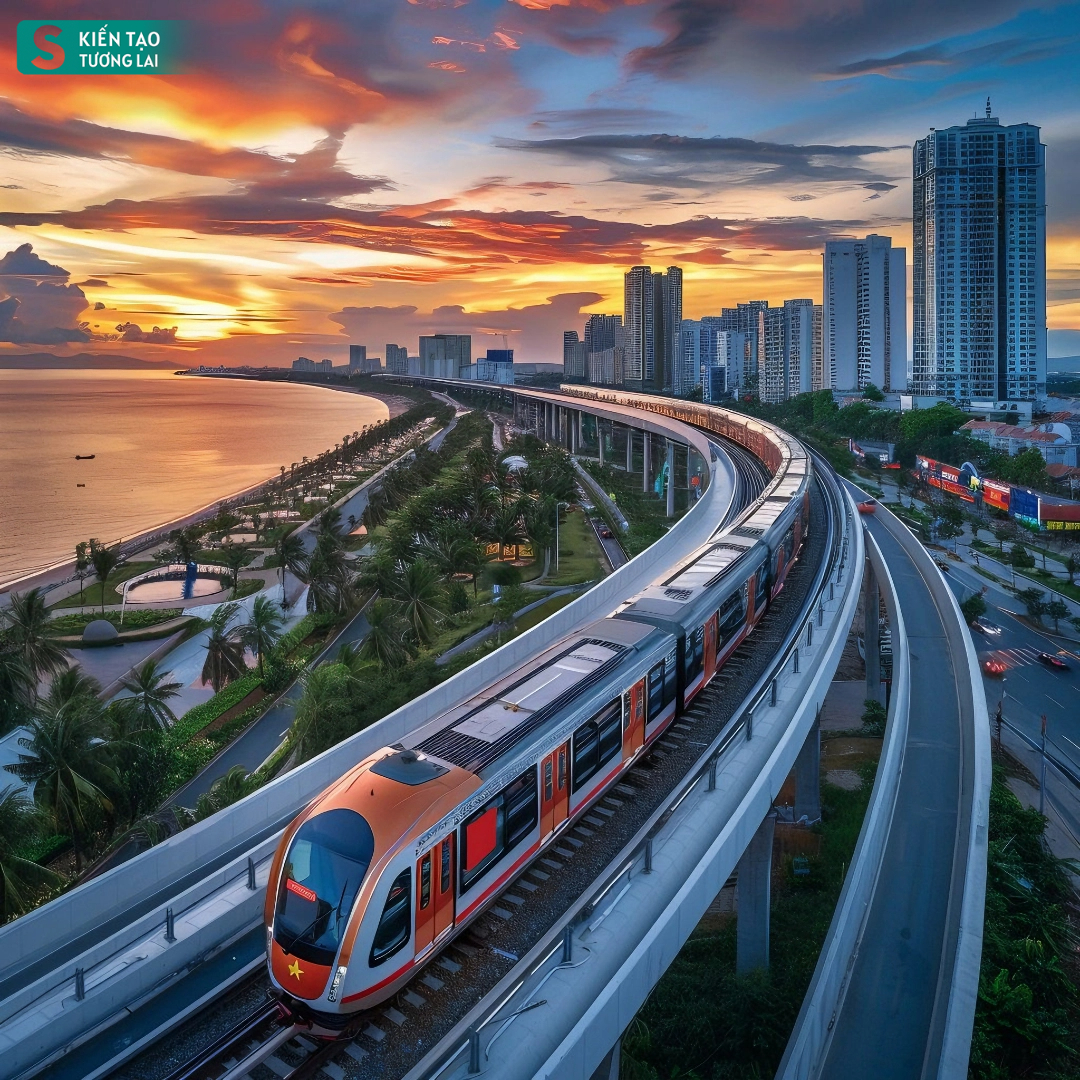
After 2030, the province will study investment in the construction of 3 urban railway lines: Metro, MonoRail.
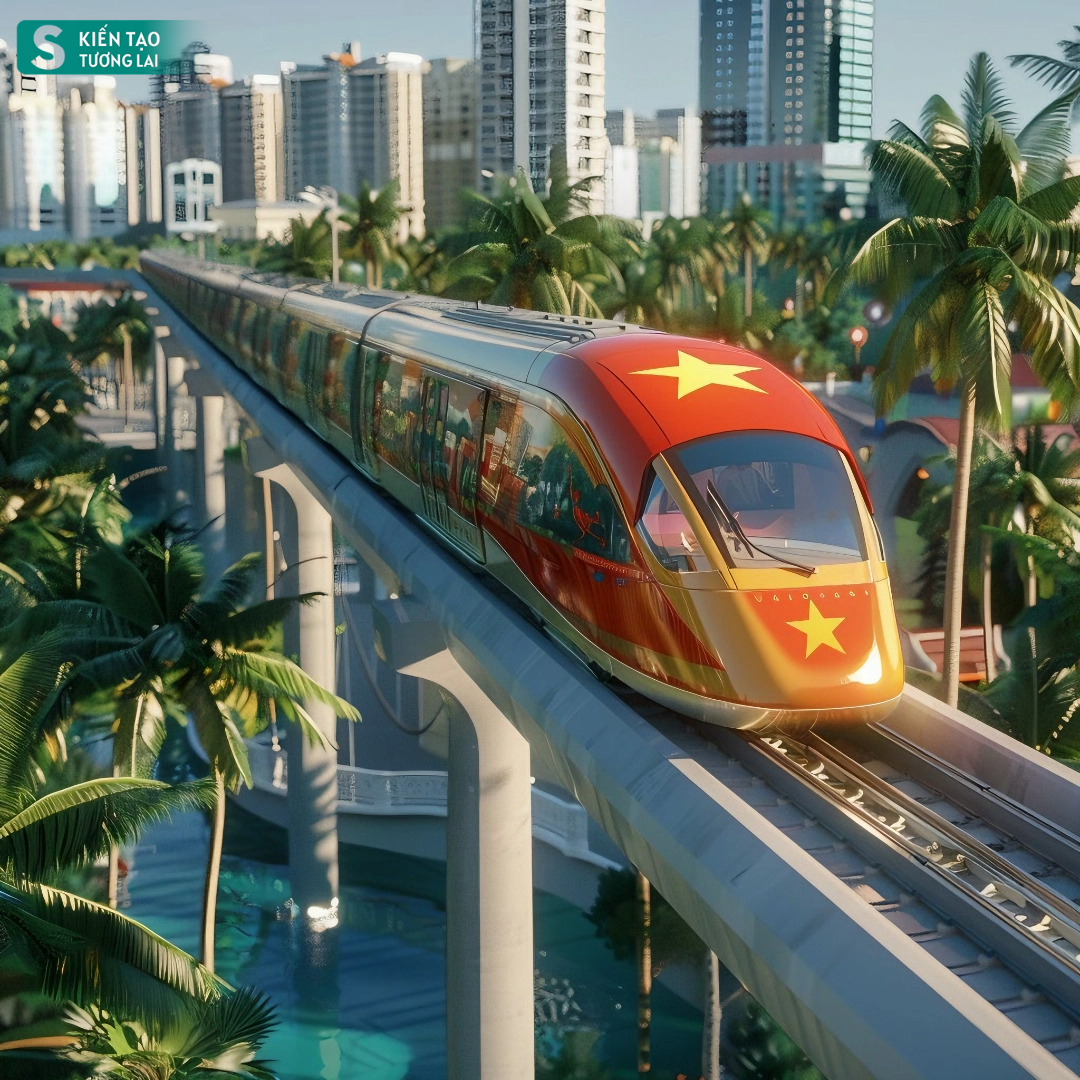
Line 1: primarily operates along the coastline and surrounding the inner city of Vũng Tàu; Line 2: connects coastal towns such as Vũng Tàu, Long Hải, Phước Hải, Hồ Tràm, Bình Châu… Line 3: connections from Vũng Tàu – Bà Rịa – Phú Mỹ (this line has a plan to connect with Long Thành International Airport and the city of Nhơn Trạch in Đồng Nai province).

The province plans to develop 2 specialized airports: Gò Găng Airport (replacing the current Vũng Tàu Airport for commercial and service development purposes) and Đất Đỏ Airport, a Grade 4C airport with an estimated land area of about 244.3ha.

In addition, a series of beltways and expressways are included in the plan, such as Biên Hoà – Vũng Tàu expressway, Ring Road 4 of Ho Chi Minh City, DT994 coastal road. These roads have been planned for construction in the near future.












